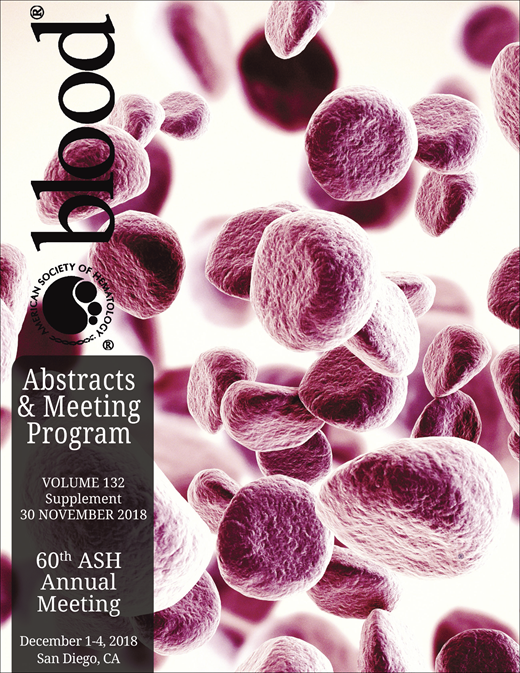Abstract
Background
Iron deficiency (ID) is the most common and widespread nutritional deficiency in the world and is found predominantly in women of reproductive age. The prevalence of ID is even higher in pregnancy, as maternal iron requirements increase to accommodate the expansion of maternal red blood cell (RBC) mass, development of the placenta and fetus, and the loss of blood associated with labor and delivery. When ID leads to anemia (IDA), it is associated with preterm delivery, cesarian delivery, RBC transfusions, low birth weight, five minute Apgar score < 7, neonatal intensive care unit admission and long term effects on mental and psychomotor development in the child. Although ID in pregnancy is simple to diagnose and treat, it often goes undiagnosed and untreated, due to low awareness of its implications and multiple competing priorities.
Objectives
Our primary objective was to increase awareness of ID in pregnant women, measured by a process metric which compared the monthly rate of ferritin testing pre- versus post-initiative.
Our secondary objective was to decrease the incidence of IDA in pregnant women, measured by comparing the proportion of women to ever have an antepartum hemoglobin (HB) ≥ 100g/L pre- versus post- initiative.
Methods
Using a multidisciplinary and sequential quality improvement approach, we developed the IRON MOM toolkit for use at our institution, St. Michael's Hospital (SMH), Toronto, Canada. The toolkit included educational resources for clinicians and patients, clinical pathways to guide management of ID in pregnancy, adjusted laboratory requisitions and providing standardized iron prescriptions in the prenatal clinic.
The initiative was formally reviewed by institutional authorities and was deemed to neither require Research Ethics Board approval nor written informed consent from participants.
Data was collected from the electronic patient record to compare pre-intervention data (January 1, 2012 to December 31, 2016) to post-intervention data (January 1, 2017 to December 31, 2017). SAS software was used for statistical analysis. The monthly ferritin rates were calculated by dividing the number of ferritin tests by the number of outpatient HB tests, at each month and year and multiplying by 100. For the proportion of women to have ever had an antepartum HB ≥100g/L, as some women may have been in both the pre and post intervention groups, generalized estimating equations were used, with binomial distribution and logit link, to test for differences between pre and post periods.
Results
IRON MOM was launched at SMH on January 1, 2017. The pre-intervention five year period included 1292 outpatient ferritin tests, and 16,603 antepartum HB values belonging to 15,019 women and the post-intervention one year period included 2400 outpatient ferritin tests and 3282 antepartum HB values belonging to 3280 women.
The monthly rate of ferritin testing increased dramatically post-initiative, 81.0 (Standard Deviation [SD] 6.3) compared to 8.4 (SD 4.4) pre-initiative. Please see figure 1 for details.
There was a statistically significant increase in the proportion of women to have ever had an antepartum HB ≥ 100g/L, 89.5% (2936/3280) (95% confidence interval (CI) 88.3% to 90.4%) in the post-initiative, compared to 87.8% (13184/15,019)(95%CI 87.2% to 88.3%) in the pre-initiative period (p<0.01).
Conclusions
The IRON MOM toolkit successfully increased awareness of ID in pregnant women. The implementation of educational materials and simple process changes dramatically increased the rate of ferritin testing by almost 10x. Although there were statistically significant increases in the proportion of women with antepartum HB greater than 100g/L, post-IRON MOM, these changes were clinically insignificant. This was expected as this assessment was limited to one year (52 weeks) post intervention, and a full term pregnancy is 40 weeks. Therefore, only the women giving birth in the last 12 weeks of the year would have participated in the initiative throughout their entire pregnancy.
We conclude that the practical changes involved in the IRON MOM tool kit have the potential for clinically meaningful impact. Future directions include simplification and digitization of the tool kit, which aim to maximize adherence to the protocols and further empower the pregnant patient.
Lausman:Ferring: Other: gave a talk.
Author notes
Asterisk with author names denotes non-ASH members.

